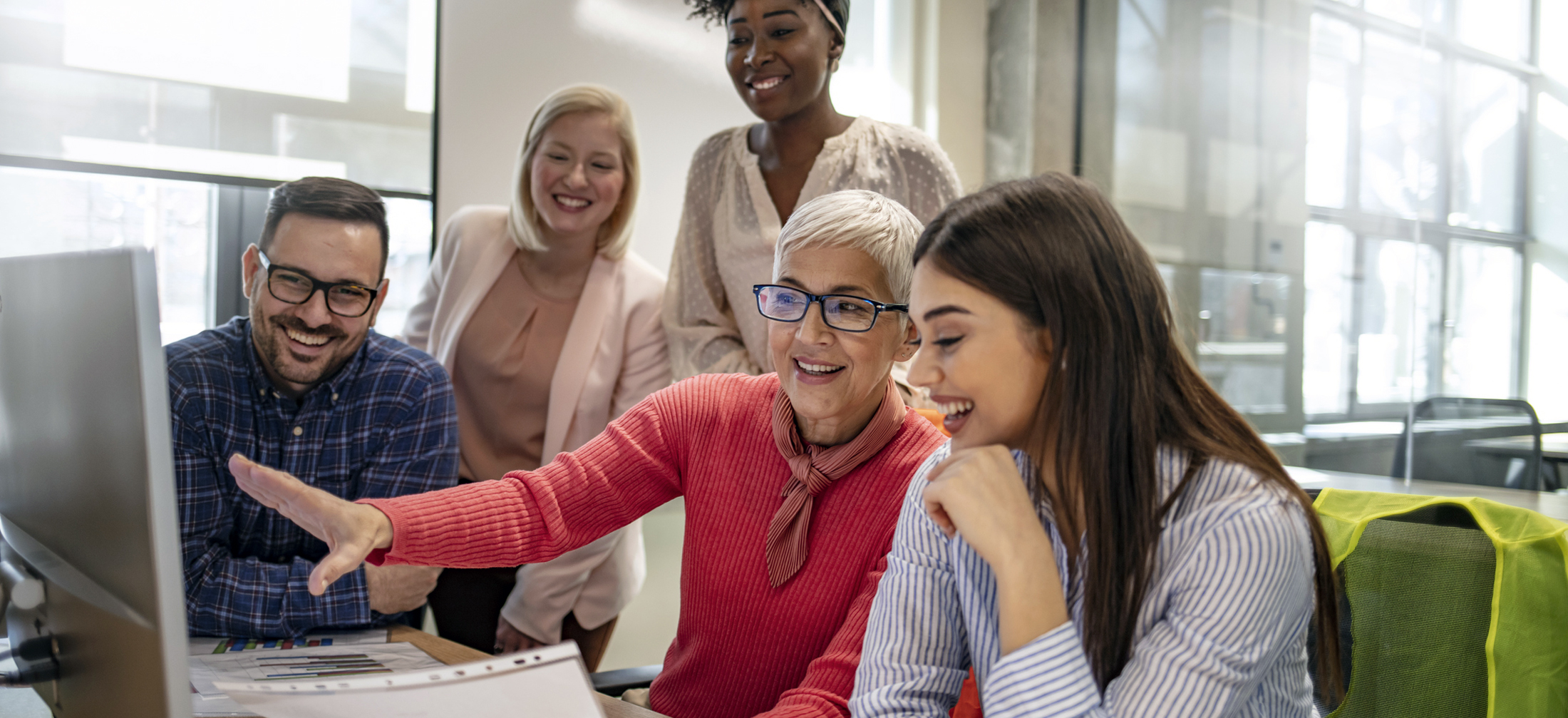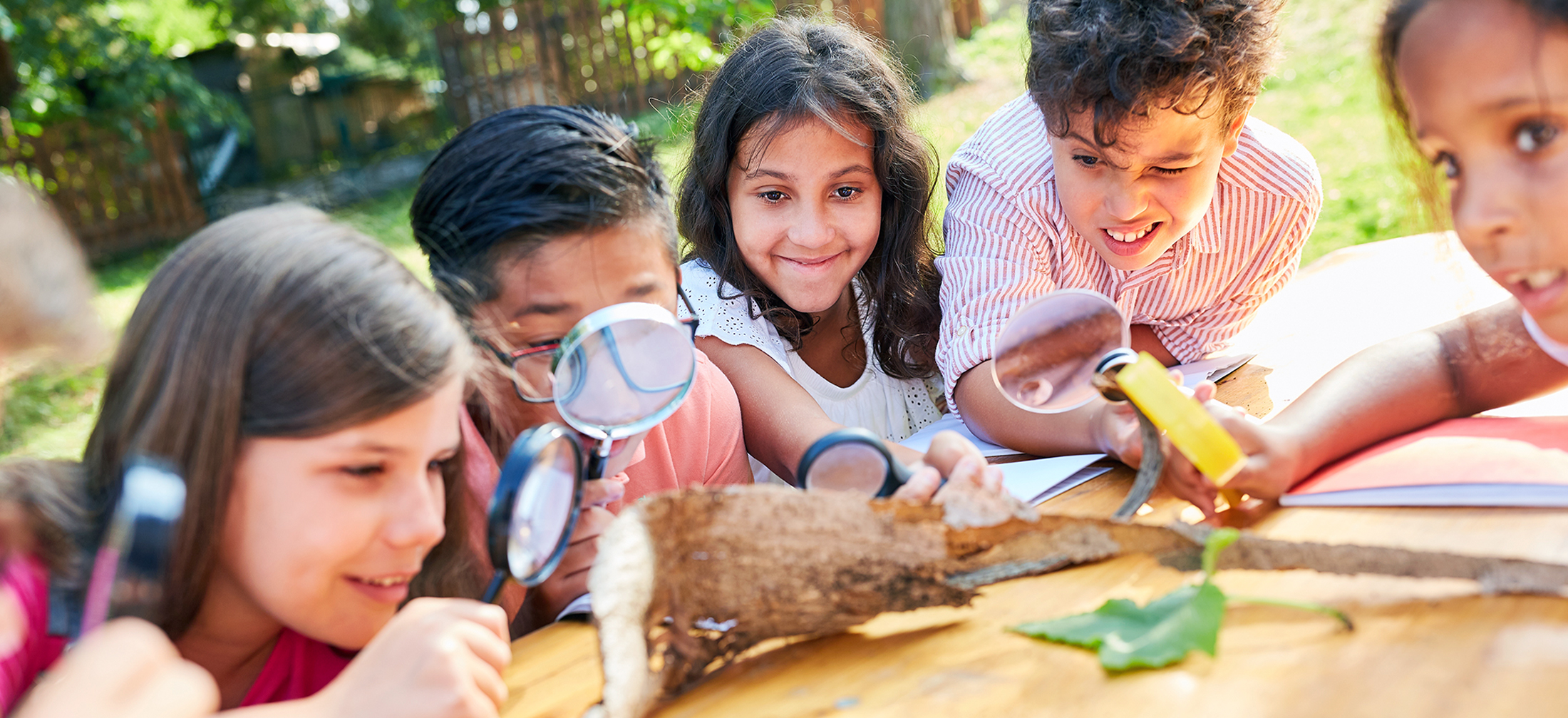
Even though the delivery methodology of education has changed significantly over the years, decades, and centuries, at the end of the day its function and intent will always remain the same. We’re in the business of building relationships and fostering positive environments for learners. That’s really what education is all about—global pandemic or no global pandemic.
My role as principal of Canyon Lake Elementary School hasn’t really changed with regard to my daily responsibilities during social distancing, but it’s changed a lot in terms of the degree to which I’m immersed in the daily lives of my school’s staff, learners, and families. This has impacted the nature of my rapport with these individuals, and I’ve chosen to use this time as an opportunity to develop my relationship-building skills.
Providing opportunities for our learners and seeing them as individuals have been, and will always be, my main priorities as an educator. During a typical academic year, there are times when we can lose sight of what our big picture priorities are. Now that we’re all engulfed in a changing paradigm, I believe that the essence of our collective mission has come back to the forefront, and we can all capitalize on the enhanced clarity of this vision. We just need to stay connected to our beliefs and committed to our goals.
Relationships with learners and families are still the foundation of what we do, but the means by which we build those relationships have changed dramatically—most likely permanently. We’ve been forced to rebuild our toolboxes with brand new tools, which has caused various levels of anxiety and trepidation throughout the field of education.
By now, though, we have hopefully found something of a rhythm to using technology to communicate with one another and with our learners. However, I think that this change goes beyond the basics of video chatting, direct messaging, and so on. Teaching and learning can take place 24/7, in almost any environment. Now is the time to be proactive rather than just responding to the situation in which we find ourselves.
I’ve found that, in the remote learning world, I’ve become more connected to our learners and families than I used to be. I’m in regular contact with families and learners in different ways. Before COVID-19, I would typically hear from families if something was wrong, but now I have to be much more proactive by reaching out to them to offer encouragement and provide a bit of academic guidance.
One of my most important roles now is reassuring our families that they’re doing a great job of providing a sense of safety and normalcy for their kids that allows learning to continue. Parents and caregivers are not trained educators and shouldn’t feel like they have to be held to that standard. We know that our families have responsibilities and stressors on their plates that supersede education at the moment—like how to feed, clothe, and shelter their family members! Simply letting them know that what they’re doing to help their kids is enough goes a long way toward alleviating some of the anxiety they’re feeling.
One of the biggest positives I see emerging from this challenging period is that our families are finding a newfound appreciation for teachers (and vice versa!). The sharing of responsibilities created by remote learning has resulted in a real recognition of the partnership between a learner’s family and the school community.
For the past several years, Canyon Lake has embraced personalized learning, allowing learners to have agency in their learning through voice, choice, pace, and pathway. When we were in our physical school building, we constantly reminded our kids that they can be learners anywhere. This is a mantra we’re now able to put into practice, and it’s an exciting prospect moving forward in terms of a philosophy of education from a macro perspective. The data we’ve been able to collect will be helpful as we head into the summer and look ahead to a fall filled with uncertainty.
Another positive I see emerging from the shift to remote learning because of social distancing is putting more of a spotlight on the digital divide in this country. Our biggest challenge has definitely been finding solutions to the gaps in the education technology infrastructure for the 30% to 40% of our learners who don’t have internet access. Many families we work with are in tough financial situations, which often means they have limited access to technology. We’ve done our best to find solutions. Our local internet service providers are offering some assistance to families in need, but these are short-term solutions, not permanent ones.
A related challenge is the scarcity of internet-connected devices. Many of our families have multiple learners in their homes, and they have to split computer time among siblings, making synchronous learning a challenge. Other families are having to relocate to motels and temporary housing because of parents losing their jobs due to COVID-19. Ensuring access to learning materials for all students is a major issue right now, and coming up with long-term solutions that we can continue to use when we’re on the other side of this pandemic should be a focus of educators and leaders nationwide.
When we do reach the end of the pandemic, it’s important for us all to understand that things will never really go back to the way they were. That’s not necessarily a bad thing, but further challenges will continue to arise when in-person learning becomes the norm again. In addition to lower attendance rates and more frequent absences, there will be varying degrees of trauma to deal with once we’re back in our respective buildings—for educators and learners alike. This is why strengthening these relationships is so important, now more than ever.
After all, relationships are what education is all about!



